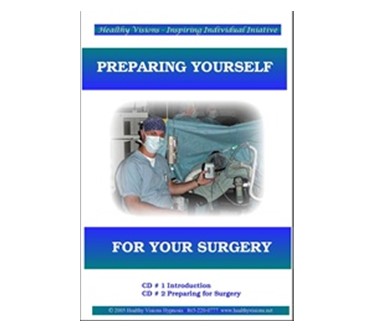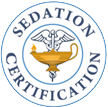Product Description
Preparing Yourself for Your Surgery – Powerful Guided Meditation for Healing MP3 Audio

Table of Contents
What Is “Preparing Yourself for Your Surgery”?
Preparing Yourself for Your Surgery is a soothing, medically-informed hypnosis audio created by Captain Ron Eslinger, CRNA. It’s designed to help patients reduce anxiety and pain before surgery while activating the body’s natural healing responses. This essential recording has helped thousands of patients feel more confident, calm, and supported before going into the operating room.
Ron’s voice gently guides you through a powerful visualization of a successful procedure and peaceful recovery. You’ll mentally rehearse waking up comfortably, surrounded by supportive professionals and family. This mental rehearsal has been shown to reduce blood loss, decrease the need for pain meds, and speed up healing.
Clinical Research Behind Surgery Preparation Hypnosis
In a landmark 2000 case, Blue Shield of California began giving patients a similar 20-minute guided imagery recording. The results? Less anxiety, less medication use, less pain. A follow-up military study by the Uniformed Services University confirmed: guided imagery before ambulatory surgery significantly reduces anxiety and pain, while improving recovery speed.
Preparing Yourself for Your Surgery: Research Summary
- Reduces preoperative anxiety and pain
- Speeds PACU discharge time
- Decreases post-op complications and medication use
Testimonials From Patients and CRNAs
“After listening to the audio, I had zero nausea with a morphine pump post-op — which is unheard of for me. I was discharged early. I credit this hypnosis entirely.”
— C. Forde, CRNA
“I healed faster than my doctor expected. I was cleared at 4.5 weeks instead of 6, with minimal discomfort. The hypnosis helped more than I can say.”
— Joanne
How to Use This Surgery Preparation Hypnosis Audio
This program includes two distinct tracks:
- Track 1: How to use hypnosis for surgical preparation
- Track 2: Daily hypnosis session for relaxation and healing
Recommendation: Listen daily for 7–10 days before surgery for best results.
Top 5 Listening Tips for Maximum Benefit
- Place: Choose a quiet, undisturbed environment
- Position: Recline or lie down with full support
- Clothing: Loose, comfortable attire
- Time: Set a regular daily time
- Focus: Let your attention rest gently on the voice
Learn More or Go Deeper
- NIH Research on Guided Imagery
- Hypnosis for Pain Management Online Course
- Take Our Sedation Certification Online Course
“Preparing Yourself for Your Surgery” is not just a recording — it’s a healing tool designed to empower your mind and body through every step of your surgical journey.
